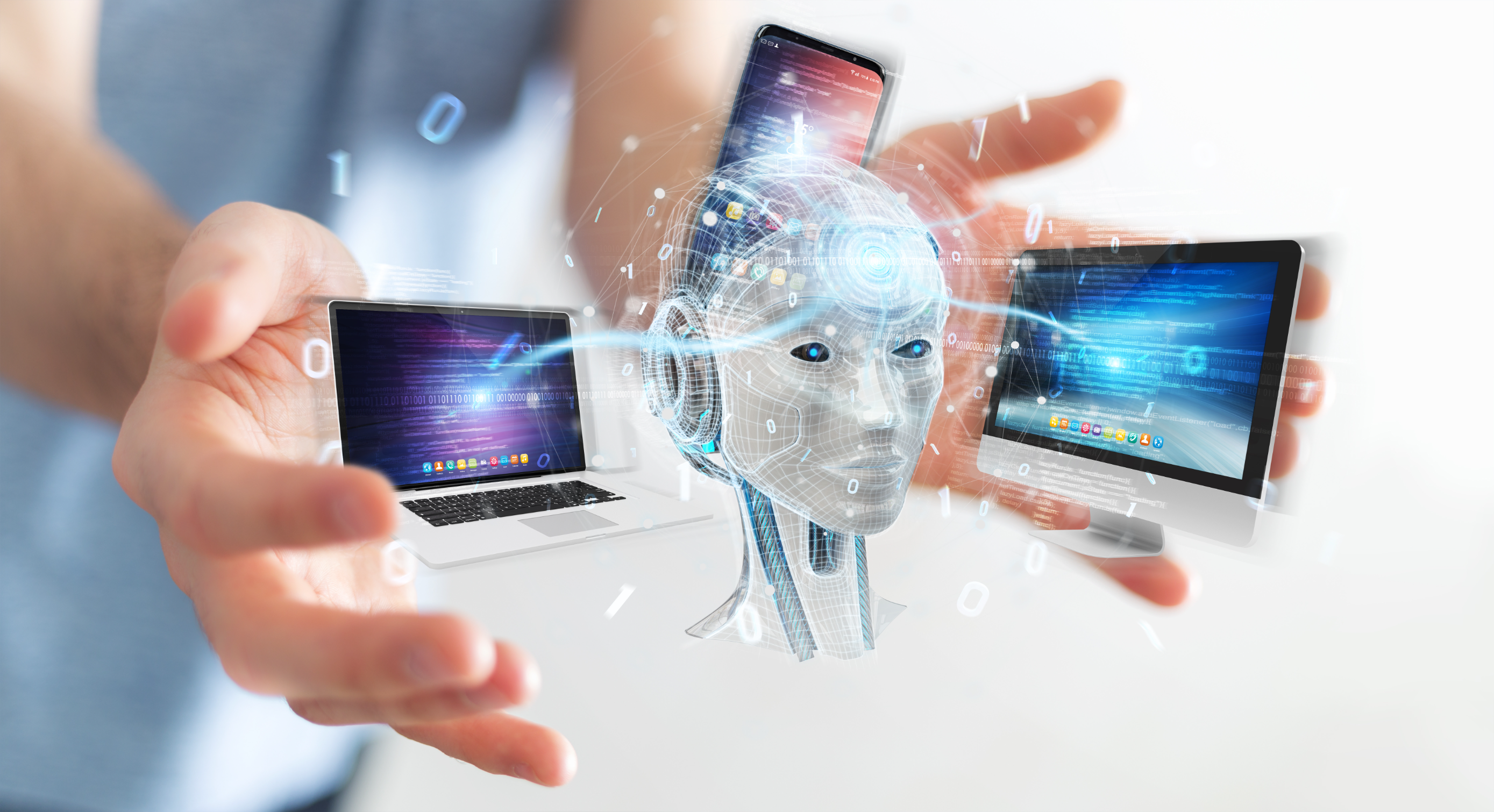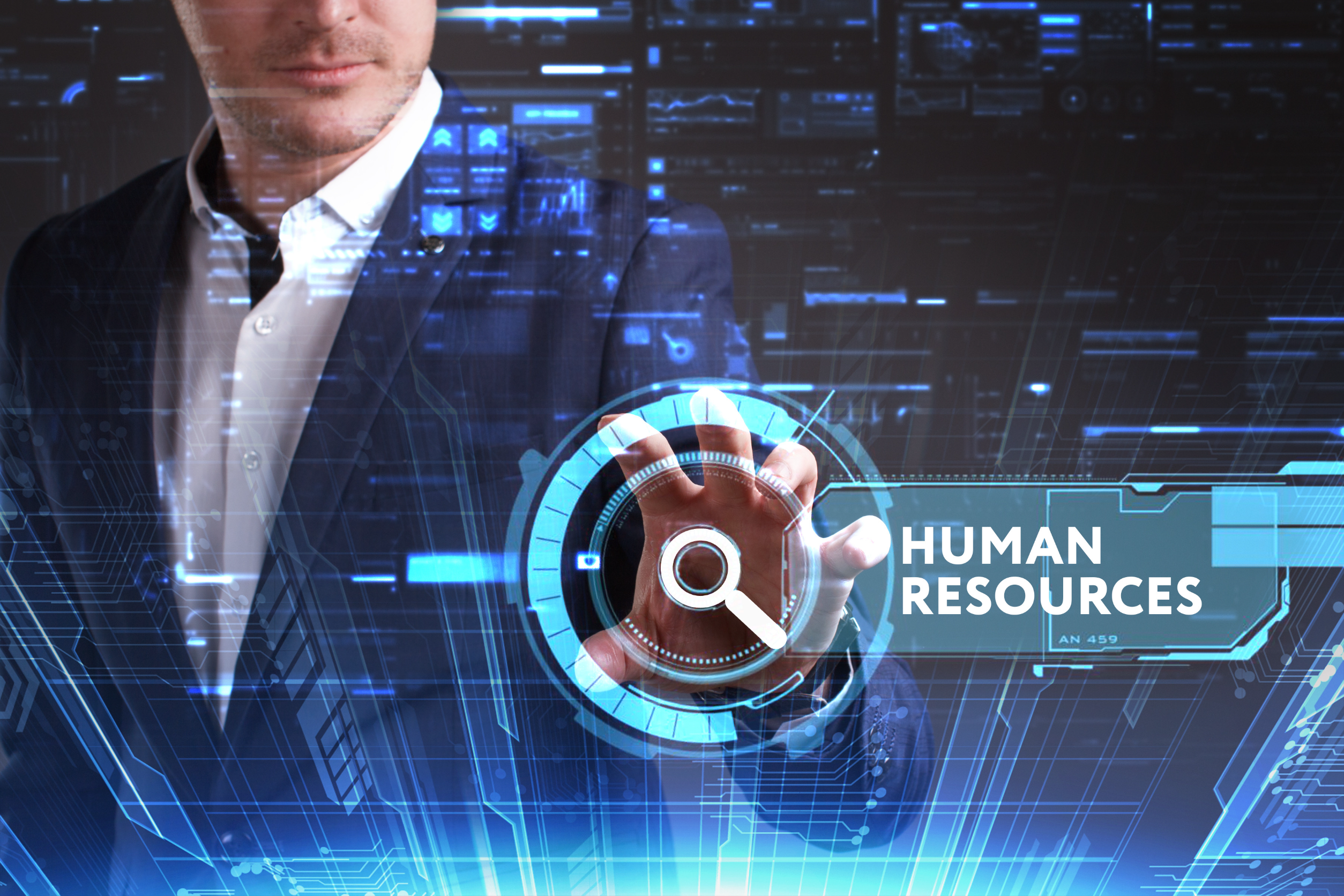To truly unleash the power of generative AI, don’t forget the human
- HRM Asia Newsroom

In the world of HR and HR technology, it is hard to have a conversation without the topic of generative AI coming up. This form of technology can create everything from intricate designs to engaging written content. It is truly changing what we believe is possible when it comes to leveraging technology.
But as this technological sprint continues, human behaviour changes at a more gradual pace. So, why does technology race ahead while humans jog steadily behind? It is an important consideration and core to this other question: “It is 2023 outside of work, but what year does it feel like inside of work?”
The answer is because of the differences between tech development and human adaptation. Technology, always chasing better efficiency, goes through continuous change. This ongoing transformation is spurred by constant innovation, competition and shifting consumer demands. Every piece of code, every new chip design, every innovative application—they all aim for maximum efficiency.
Humans, on the other hand, are creatures of habit. We need time to adjust to the shifts that cutting-edge technologies bring about. Each technological advancement demands a change in our thinking, our work, and our interactions.
Yet, we cannot instantly adapt or unlearn. We need time to fully understand and accept these new developments and answer: “What’s in it for me?”
But this difference in speed does not mean a massive gap between technology and human adaptability. They can, and they must, converge. The secret to this connection is recognising that technology is not only about new tools or processes—it is about the value these developments bring to the end users: humans.
By focusing on systems that amplify, rather than replace, human capabilities, we begin to bridge the gap between the speed of technology and the pace of human adaptability. This mindset allows us not only to keep up with technology but also to develop and reimagine a culture that uses this power to unlock new opportunities to “be better.”
Generative AI is a clear example of the benefits of combining technology and creativity. It goes beyond just accomplishing tasks; its true power shines when it is used to improve human intelligence, encourage perpetual learning and questioning, and adapt to changes more fluidly.
Alignment in action with generative AI
But again, amid all the excitement about technology, we must remember the key element: the human factor. The true value of technology does not lie in the technology itself. It becomes clear when leaders understand that using generative AI with a defined strategy and goal for concrete outcomes can lead to significant improvements in HR and HR technology. Our focus should not be only on technology; we also need to create systems that enhance human potential.
Let us look at an example of consumer behaviour to understand this better. Many of us do not go a day without buying something online. Organisations like Amazon and eBay employ advanced technologies to create a seamless online shopping experience. They use technology to anticipate our needs, offering product suggestions based on previous purchases or browsing history. They are also developing AI-powered virtual assistants to help with customer inquiries in real time.
However, successful online shopping is not just about using advanced technologies; it is about understanding the human user. For instance, an intuitive interface and a secure, simple checkout process contribute significantly to our satisfaction. These platforms are using technology to build relationships with consumers, not just to sell products. We need this same message when thinking about building relationships with our employees and workforce.
READ MORE: AI in HR: Beyond the noise, there are benefits
So, the message is clear: As we continue to innovate, let us not forget the human element. Let us aim for a future where technology and humanity move forward together, maintaining a balance that brings out the strengths of both. In this way, generative AI and human adaptability can work together to make progress.
By taking a balanced approach and keeping a human-centred focus, we will ensure that no one is left behind on our journey toward the exciting future of generative AI and human potential.
About the author: Jason Averbook is Senior Partner and the Global Leader of Digital HR Strategy at Mercer | Leapgen. This article first appeared on HRExecutive.com.






